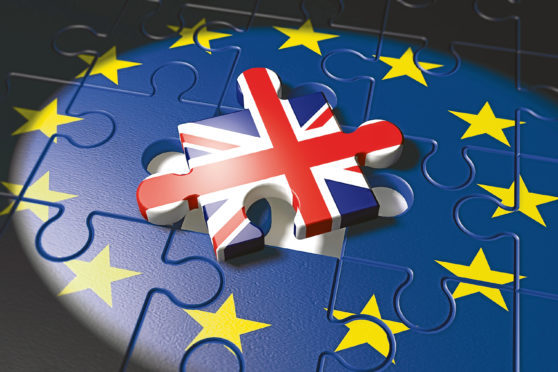Nearly three-quarters (70%) of Scottish businesses want to remain in the customs union and the single market after Brexit, new survey findings show.
The figure is higher than that of England and Wales, where 64% of firms want to retain the benefits of staying in both, according to HLB International Accountancy Network.
Its study revealed half (50%) of Scottish companies believe they will be worse off after Brexit, compared to 46% in England and Wales. And nearly two-thirds (64%) of Scottish firms think the economy will get worse over the next decade, against 59% south of the border.
The survey also found two-thirds (66%) of Scottish respondents believe Brexit talks are going badly, compared to 58% in England and Wales. Just 9% of Scottish firms think negotiations are going well, against 12% south of the border.
Nearly three-quarters (73%) of Scottish business owners think Prime Minister Theresa May is not showing strong leadership, compared to 60% in England and Wales.
Graeme Finnie, managing partner at Scottish accountancy firm French Duncan, which is part of the HLB network, said: “Scottish firms are very concerned about Brexit and see little benefit for their business if the UK leaves Europe. This is undoubtedly due to uncertainty about the impact of Brexit, concern over a loss of access to markets, and wariness of a process that appears to be mired in confusion and a lack of planning.”
